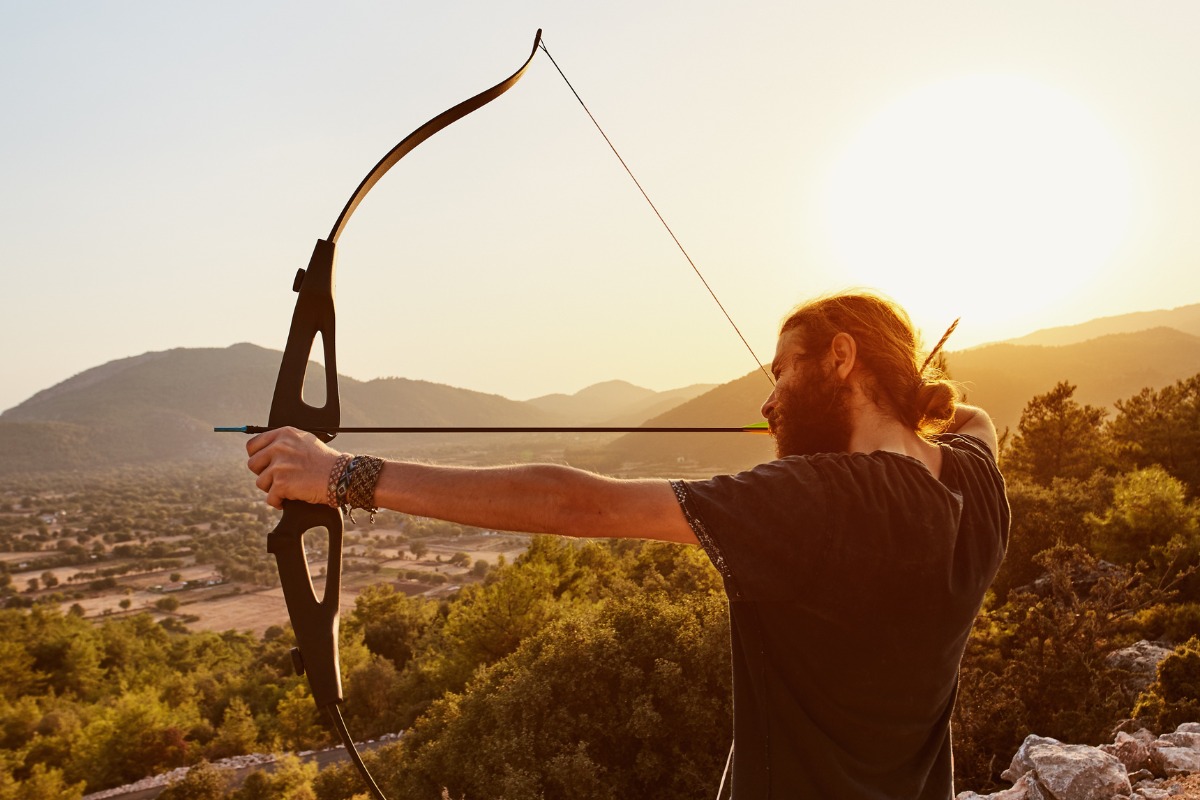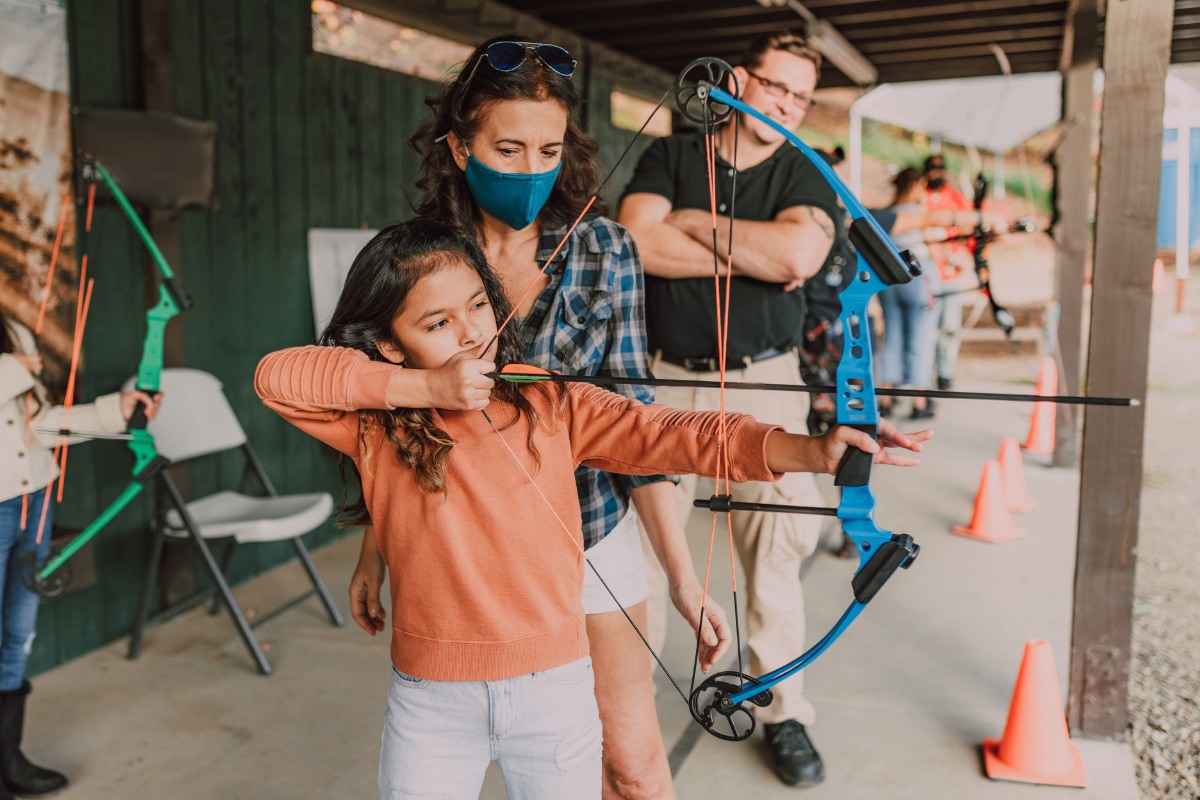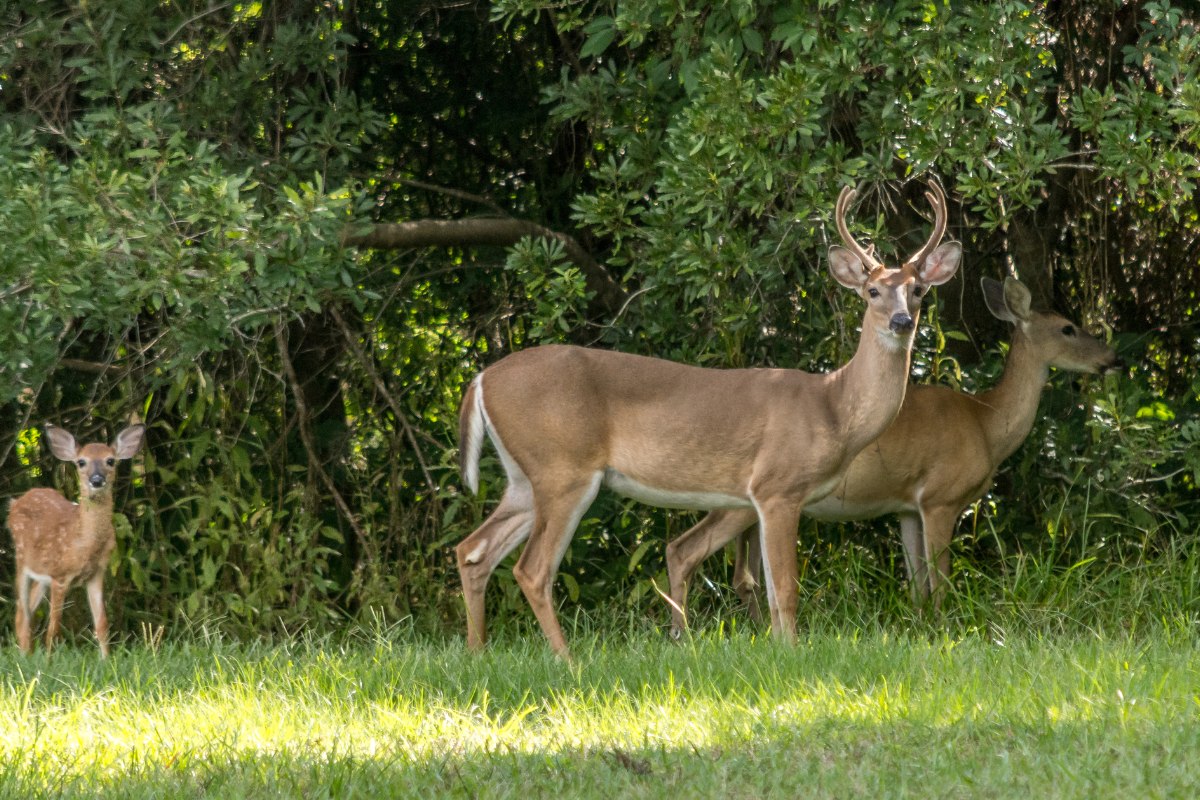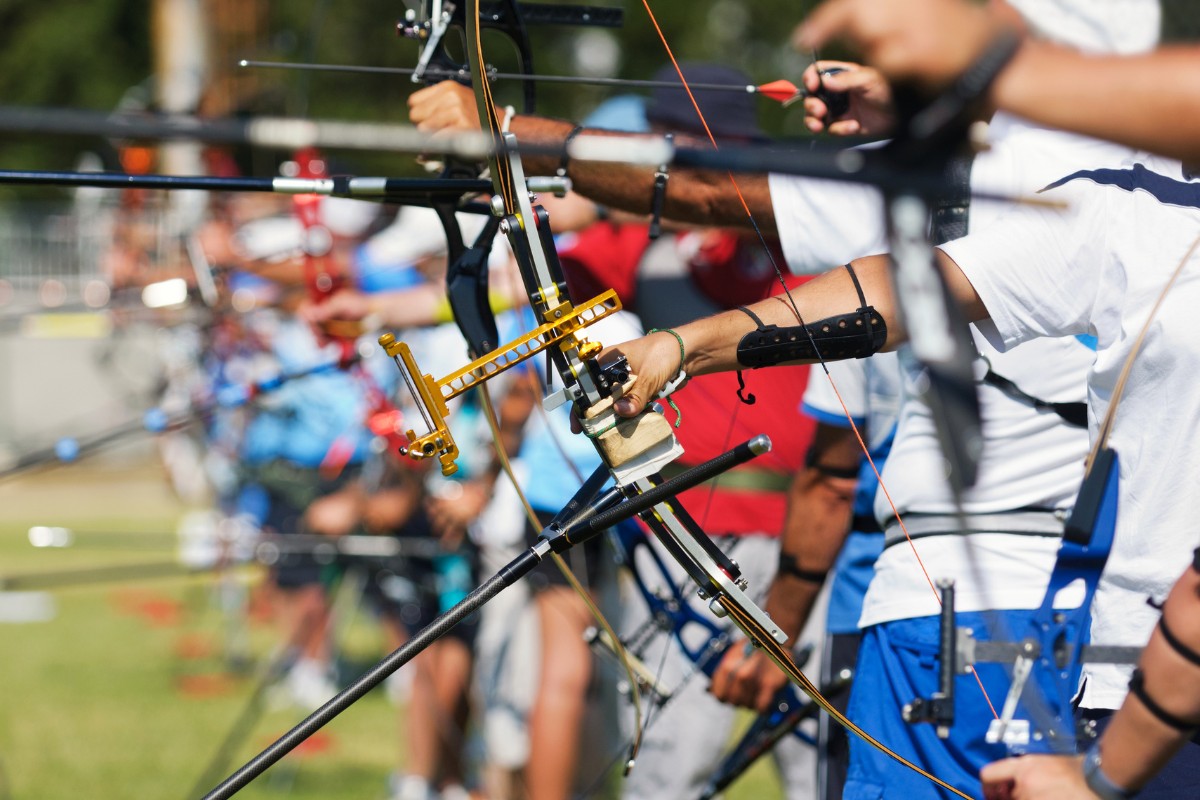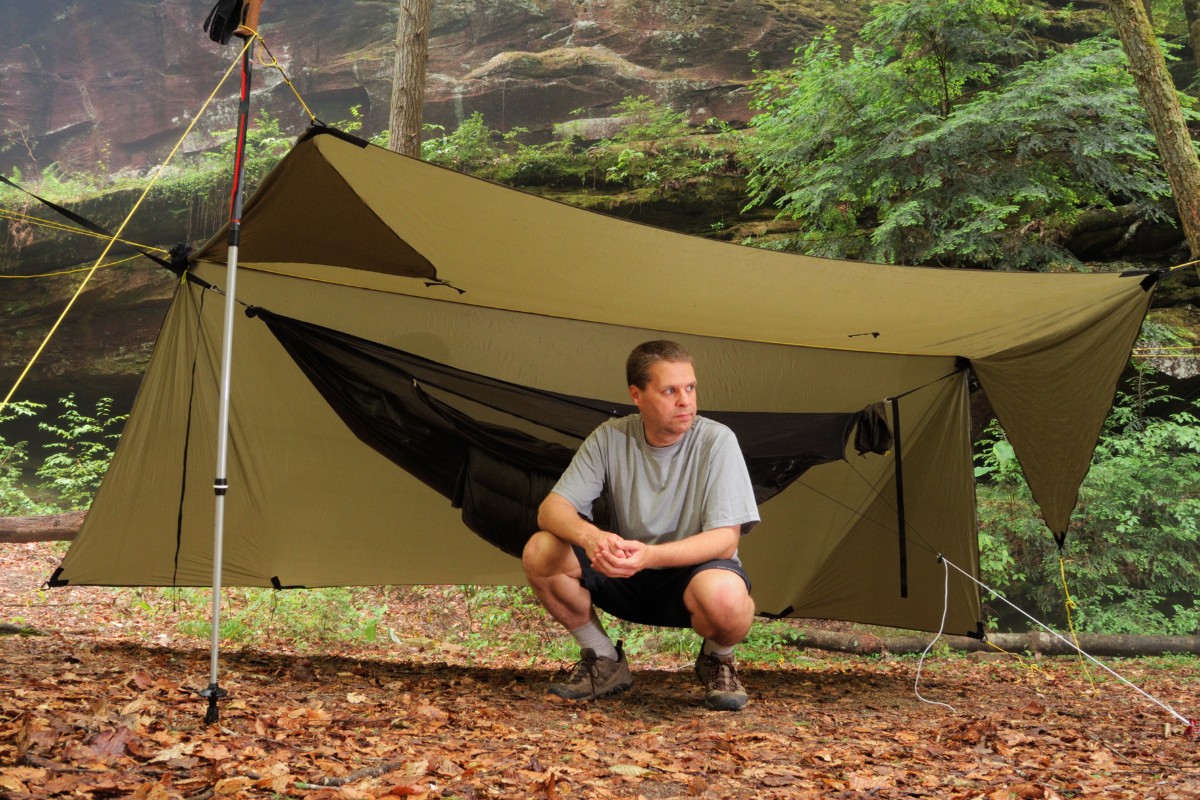Barebow archery is much like music from an acoustic guitar: timeless, beautiful, and only a few archers have truly mastered it.
Though an entire discipline in itself, thanks to its simplicity in concept, most people consider barebow archery as the initial step, and when they master the basics, they move on to other types of archery. With the rate at which it is quickly being adapted into competitions, it is about time we recognize and present it as the separate and unique discipline it is. But what is barebow archery?
What Is Barebow Archery
The definition of what barebow archery constitutes slightly varies, and even FITA, IFAA, and NFAA don’t all agree on one definition. Nonetheless, the common thread in all definitions is that barebow archery is a type of archery where the bow used is free of sights, stabilizers, protrusions, blemishes, marks, laminated pieces that could be used to aim, and draw check indicators. Some definitions allow the use of multicolored risers and stabilizers.
The Difference Between Traditional and Barebow Archery
Just like the barebow definition, the distinction between the two is somewhat unclear. Although these terms are generally interchangeable, technically, they refer to two different shooting styles. The definition of barebow has been covered sufficiently above. The bows mainly used are recurves with risers.
Traditional archery is a term used when referring to a wider scope of bows. It includes longbows and recurves that have been made from wood. Some definitions even include recurves and longbows made of modern materials such as carbon fiber and metal.
When using a barebow, there are a couple of things that are done differently. You require a bit more Zen, and you must have a strong mental game as you head to the range. Some drawing and aiming techniques that are done differently are discussed below. Each archer has their own combination of methods that work for them. That said, feel free to modify the aiming techniques to your liking should the need arise.
How to Shoot Barebow Archery
Walking the String
The technique of walking the string is not allowed in all tournaments. It is the most commonly used method in barebow archery. In string walking, the arrow is used as an adjustable sight. As you draw, instead of gripping the string at the nock, you grip a few inches below it.
The point you grip is not arbitrary; it depends on the distance between you and your target. The closer to the string you hold, the higher the arrow will hit on the target. The longer the distance from the nock to your grip, the lower it will go on the target. To eliminate the guesswork, some archers have some form of reference. One common method is to use a tab with visible stitching, such as the Spigarelli Amico Tab. It is designed to shoot with three fingers under the arrow and has stitches about 4mm apart. For every five-meter change, you need about a 4mm stitch movement up or down the string.
String walking is generally regarded as more advanced because most people struggle to master it. But once you perfect it and can do it consistently, you will score amazing results.
Face Walking
While string walking is perfect for short distances, long distances are best shot using the face walking technique. The advantage of this method of aiming is that the bow position remains the same regardless of the distance due to our hand and finger placement being the same every time even when the distance changes. Its disadvantage is that right and left variations can occur, messing with consistency.
Just as the name suggests, you use your face as the reference point. For shorter distances, the recommended starting point is to have the tip of your forefinger, index, or wrist at the corner of your mouth. The side of the finger should be underneath the cheekbone. Although you can use any finger, the first is much better as it gives a bigger range of distance before you have to change your anchor point.
The corner of the mouth, however, is soft and can move easily. As such, it is much better if you use a tooth on the lower or upper jaw as the reference point. If the side of the mouth is too far to reach, you can use any reference point nearer to the middle of the face. The side of the first finger should be under the cheekbone, and when you place your thumb on the cheek, you lose some accuracy. The thumb should be completely out of the way by placing it behind or under the jaw.
By moving your hand up your face, the arrow will hit lower on the target. If it moves down on your face, it will hit higher up your target. To properly hit the target, you need to be very patient.
Gap Shooting
This method of shooting barebows uses the point of the arrow to “sight” the target. It is based on the arc that the arrow makes as it travels towards your target. As you view the target, you can either place the arrow above or below the target depending on the distance. For short distances, it is placed below, while for long distances, the tip is placed above. You will need lots of practice to tell how many inches the arrow will rise or fall above the point of aim for a certain distance.
Once you get it right, the technicality and consistency of the method will guarantee you accurate shots almost every time.
How to Find Your Gaps
Now that we have that out of the way, you can use the following steps to figure out your gaps and determine the angle that will help you hit the bullseye.
- Place the tip of the arrow at the center of the target 5 meters away, then release. It will probably hit higher up the target. Measure the distance from the target to the point of impact, and you have your gap. If, for instance, you find 3 inches, that means your gap at 5 meters is 3 inches, so to hit the target, you need to place the tip of the arrow aiming 3 inches below the target.
- Double the distance and repeat the bullseye shot and take the measurements. Keep repeating the procedure, adding five meters each time before taking the shot. It will reach a point where you have no gap when you aim at the center. This is called the Point-On distance.
- When you add the distance from this point, the arrow impacts the target lower when you aim at the center. Repeat the same procedures while taking down the displacements until you are too far away to take an accurate shot.
When shooting from any distance less than your point-on distance, you will need to aim lower depending on your gaps, and when shooting from beyond the point-on distance, you need to gap higher for an accurate shot.
What Are the Rules of Barebow Archery
The set of rules for barebow archery slightly differs depending on the governing body. Archery GB, EFAA, WA, IFAA, and NFAS are just a couple of these bodies, so it would be impossible to go through all the rules of the game.
World Archery recognizes barebows only for field archery and not for target archery. You can find most of their rules and regulations here. The English Field Archery Association (EFAA) and International Field Archery Association (IFAA) have similar rules that allow face and string walking, alongside stabilizers.
Archery GB is the only body that, alongside the other bows, recognizes barebows in target archery. Their rules concerning barebows are they should have no clickers, stabilizers, sights, and kisser buttons. The riser should not have the maker’s logo that the archer can see. You can add weights to the bottom of the riser, but they are required to be fat and short. Their other rules can be found here.
National Field Archery Society (NFAS) doesn’t allow string walking, face walking or notes so no scribbled sight marks. Lots of archers have been disqualified for having notes in their quiver even when they weren’t planning on referring to them. A string or face walk in NFAS is similar to having a sight in Archery GB.
It is important to learn the above rules, especially if you are considering taking part in a competition. You wouldn’t want to learn and perfect face walking before a competition only to discover at the last minute that it is governed by NFAS rules.
Why Should You Try Barebow Archery
Most reasons for sticking with or trying barebow archery are usually along the lines of “going back to basics” and “the purest form.” Apart from these, you may be interested in it for the following reasons.
Are You Up for a Challenge
The amount of time and effort you need to put in to master barebow archery is more than thrice what you need to learn to use compounds and recurves. And that is why most people tend to move to easier options. And after you know your way around the barebow, you still have a long way to go to perfect your mental game and shoot consistently. Some archers have even likened mastering barebow to mastering martial arts.
It’s All About Perception
Other forms of archery require you to only master your form to hit the bullseye, right? Well, for barebow archery, it is not that simple. You are responsible for everything. You judge the distance the arrow will travel, the angle you need to hit the target, and your body stance. That said, once you master the art, your perception of the general world improves as well.
Complete and Unique
It is only in barebow archery where once you perfect your shot, you can shoot well with all other bows such as compound, recurves, and even longbows with ease. If you start off with learning any of the others, it will not be so easy to switch between them. You will have to go through an even lengthier process to perfect using another type.
Final Thoughts
Whether barebow archery is a purer and more fun form of archery is up for discussion. But one thing is for certain: it is a different kind of shooting that is definitely more challenging.
What’s more, the smaller pool of shooters (not for long though) means you can ascend the ranks fast if you start taking part in tournaments. Besides, seeing as it is perfect for archers with bad eyesight, it may also work as a rehab for target panic.
